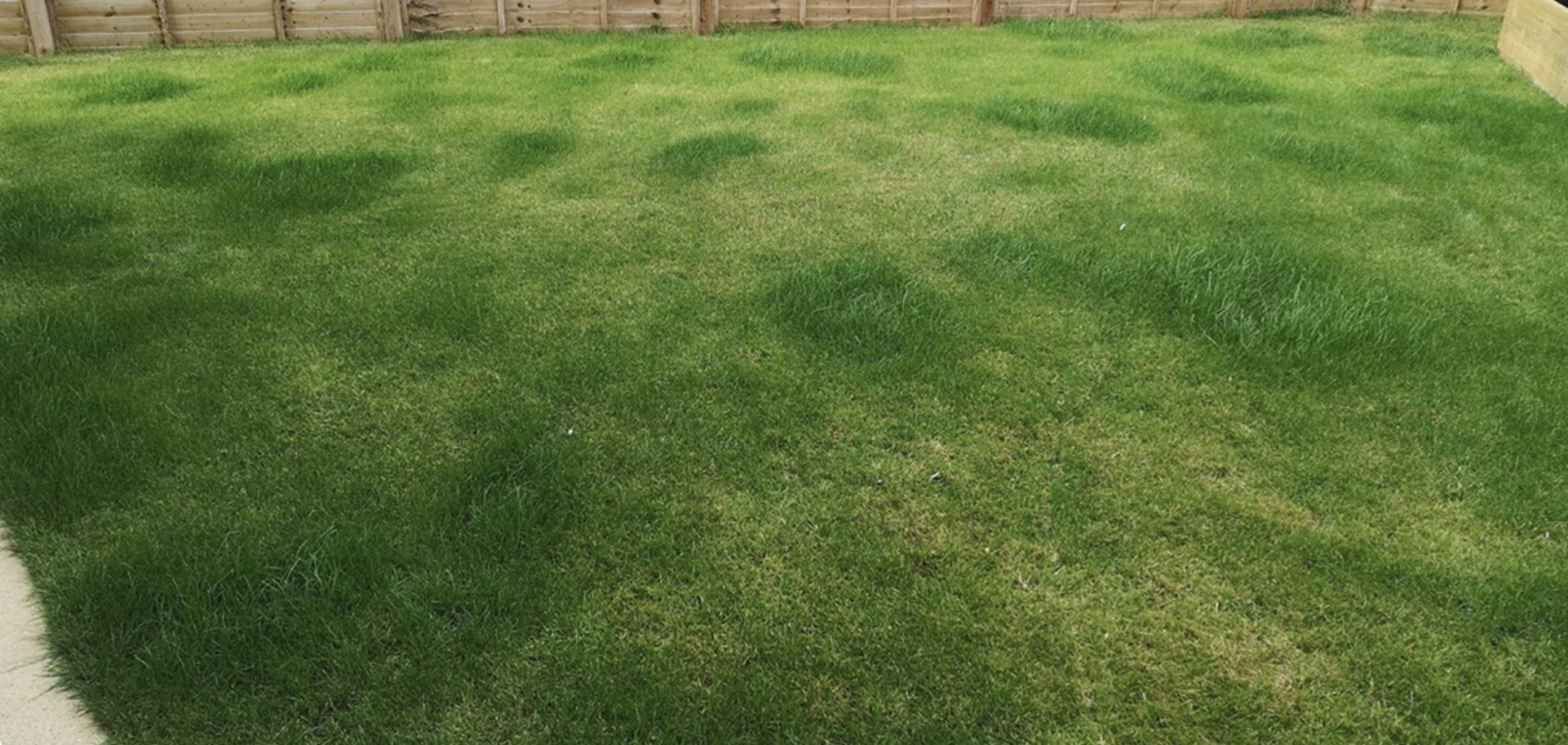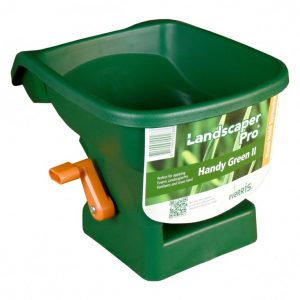Four Frequent Fertiliser Fails

8 May 2022
Now is a great time to fertilise your lawn and for the most part, is a pretty straight forward thing to do. Buy fertiliser, spread it out and depending on whether it’s granular or liquid, water in or dilute and apply. You have gone down the path of fertilising your lawn, so you have the best of intentions to start with which is great. But a few days later you check on your lawn and it’s not what you expected!
But where could it possibly have gone wrong? Here’s some of the usual mistakes…
Too much N
That’s N for nitrogen. Lawns love it and need it, but too much produces burnt grass and/or too much leaf growth, and not enough root growth.
What happens when you over fertilise your lawn?
Over fertilising your lawn will cause sudden plant growth, particularly leaf growth and thatch. The problem with this is that the roots won’t experience the same amount of rapid growth and will then be unable to supply the amount of water and nutrient that your grass needs.
As fertiliser is primarily made up of mineral salts, excessive fertilising will cause salts to build up in the soil making it difficult for water to be absorbed, which dries out your grass causing discolouration and possibly even plant death if bad enough.
Signs you may have over fertilised your lawn:
- Fertiliser burn on the grass leaf
- Browning leaftips and yellowing of lower leaves
- Darkened and weakened roots
- Salt like crust of fertiliser on the soil surface
Too erratic
The method of application is just as important as the fertiliser choice. Chucking fertiliser about willy-nilly produces lawn that looks like it’s maintained by a goat. Walking systematically back and forth across a lawn with a spreader is a good way to apply granular fertiliser. For liquids, a similar orderly approach can be adopted.
Too keen…
… can lead to ‘This fertiliser does nothing!’ Wrong. It’s probably not the fertiliser but the date of application. Apply fertiliser too early, that is, before soil is consistently above 14°C and good lawn food and good money goes to waste. Grass must be actively growing and out of its winter dormancy before it will benefit from a dose of fertiliser.
Applying fertiliser at the right time of year will ensure you get the most out of your lawn. Seasonal fertilising information
Too little water…
… can lead to burnt grass, due to the fertiliser. Once granular fertiliser is applied it must be well watered to solubilise it. This is one of the reasons those in the know fertilise just before a dump of rain. But be careful not to spread it out if a deluge of rain is anticipated, too much rain and the fertiliser will wash away, which doesn’t help your lawn and isn’t good for the environment.
While many fertilisers are similar, not all fertilisers are the same. Make sure you always follow the label instructions for the specific fertiliser that you are using.
What should I use for fertilising?
For fertilising we recommend using our Lawn Solutions Premium Fertiliser. This fertiliser contains a combination of slow and fast release granules that will give your lawn a quick initial boost and will continue to feed the lawn for up to 12 weeks. This is a well-balanced fertiliser that contains all the essential nutrients your lawn needs to stay healthy and is suitable for all lawn varieties.
Exceed Liquid Fertiliser is a great liquid fertiliser option. Exceed will give your lawn a quick boost as it is absorbed by the leaf of the grass.
As always, if you have any more questions please don’t hesitate to contact us for free expert advice on 1800ALLTURF (1800255873) or 07 5543 8304.
WOULD YOU LIKE MORE INFORMATION?
Contact us for expert advice, or come & say hi at our office in Tamborine!





